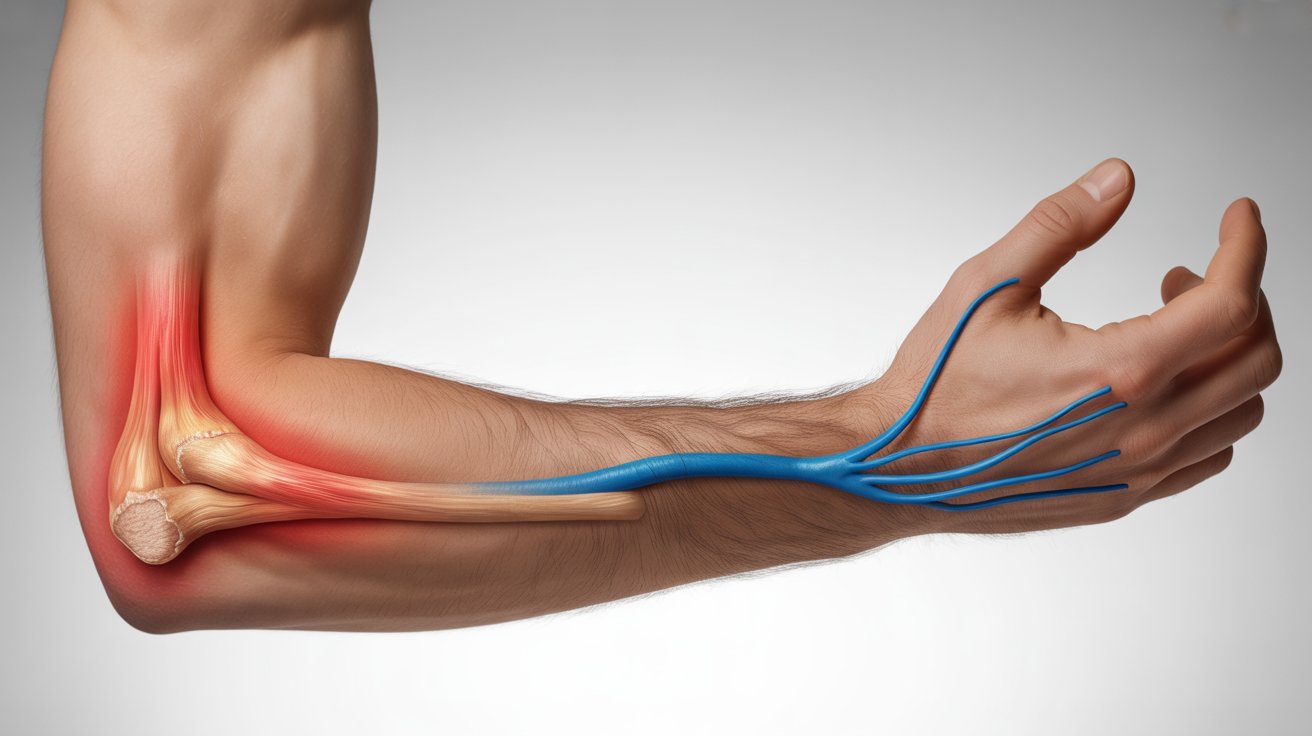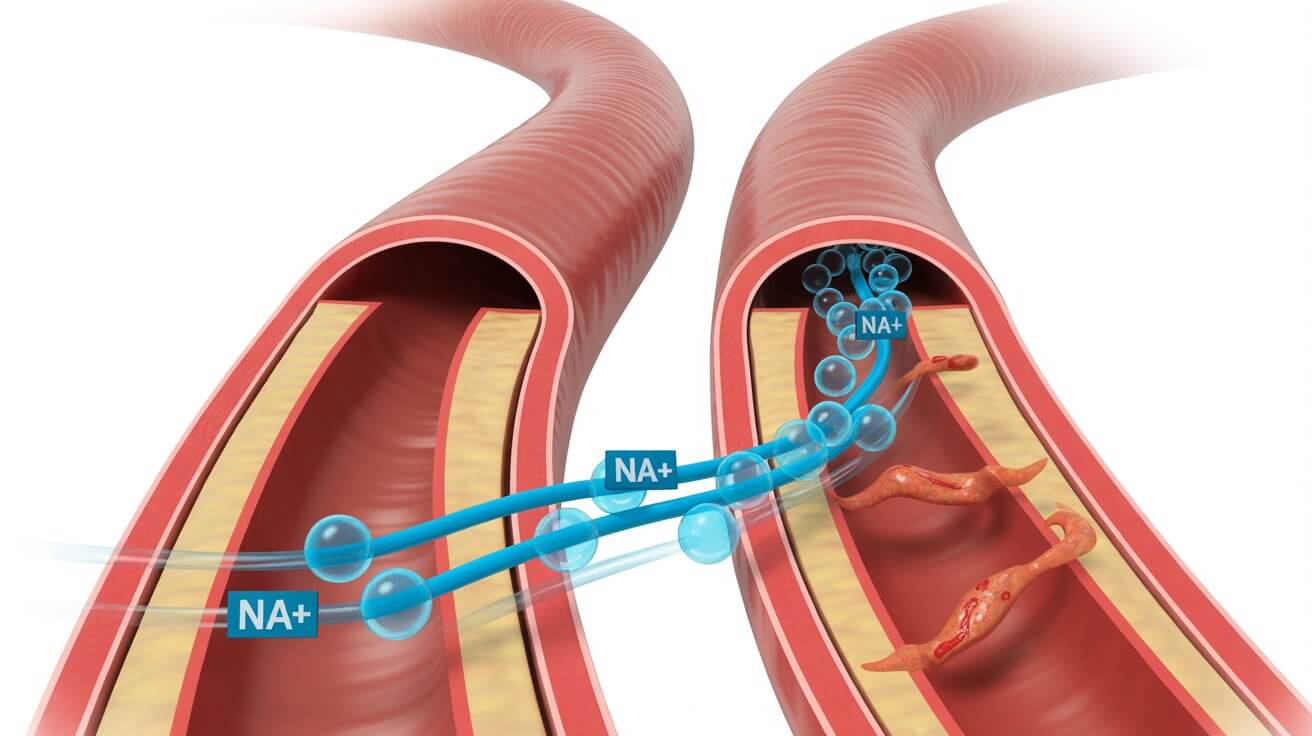It often starts subtly. You find a few more strands than usual in your hairbrush, on your pillow, or clogging the shower drain. At first, you might dismiss it. But as days turn into weeks, a quiet worry begins to grow. Understanding hair loss is the first step to addressing it, moving beyond fear to find clear answers. This experience, familiar to millions, can be isolating, but knowing the “why” behind it is key to taking control.
What Is the Science Behind Hair Growth and Shedding?
Hair loss is not just a cosmetic issue; it’s a complex biological process that often signals deeper changes within the body. To understand it, think of your hair follicles—the tiny anchors in your skin from which each hair grows—as operating on a cycle. This cycle has a growth phase (anagen), a transitional phase (catagen), and a resting phase (telogen). At the end of the resting phase, the hair sheds, and a new one begins to grow. Most people lose about 50 to 100 hairs a day as part of this natural cycle. True hair loss, or alopecia, occurs when this cycle is disrupted, leading to more shedding, weaker regrowth, or no regrowth at all.
Common Causes of Hair Loss You Should Know
Recognizing the pattern is crucial for understanding hair loss because different causes leave different clues. The most common culprits include:
Androgenetic Alopecia (Pattern Hair Loss)
This is the most frequent cause, often known as male-pattern baldness or female-pattern thinning. It’s primarily genetic and hormonal.
- Simple Science: A hormone called dihydrotestosterone (DHT), a byproduct of testosterone, shrinks hair follicles. In genetically susceptible individuals, this makes the hair growth phase shorter and the hairs that do grow back are finer and weaker, eventually leading to the follicle shutting down. For women, this often presents as a general thinning, especially at the crown, rather than a receding hairline.
Telogen Effluvium (Stress-Related Shedding)
This type of shedding is characterized by a sudden, diffuse thinning of hair across the entire scalp. It typically happens a few months after a significant stressor.
- Simple Science: A major physical or emotional event—like surgery, a serious illness, childbirth, or intense psychological stress—can shock the body. This shock pushes a large number of hair follicles prematurely into the resting (telogen) phase. A few months later, all these “resting” hairs are shed at once, causing noticeable thinning. The good news is that telogen effluvium is usually temporary.
Alopecia Areata (Autoimmune Hair Loss)
This is an autoimmune condition where the body’s own immune system mistakenly attacks the hair follicles, causing hair to fall out in small, round, smooth patches.
- Simple Science: Think of it as a case of mistaken identity. The body’s defense cells (T-lymphocytes) swarm the hair follicles, seeing them as a threat. This inflammation causes the hair to fall out, but it doesn’t usually destroy the follicle, which is why hair can often regrow.
Nutritional Deficiencies and Hair Health
Your hair is made of protein and requires a host of vitamins and minerals to grow strong. A lack of key nutrients can absolutely impact its health.
- Simple Science: Think of iron as a crucial building block for a protein called ferritin, which stores iron in your body. Hair follicle cells are particularly sensitive to low levels of stored iron. When your body is low on iron, it prioritizes its use for essential functions, like making red blood cells, leaving non-essential tissues like hair behind. This can disrupt the hair growth cycle long before it progresses to full-blown iron-deficiency anemia (a low red blood cell count). Similarly, deficiencies in zinc, biotin, and protein can disrupt the hair-building process.
Want to keep your heart strong and healthy? Explore our eBook: Hypertension Made Simple – Everything You Need to Know for a Healthier Blood Pressure and discover practical steps to support lifelong wellness.
How Can You Support Healthy Hair?
While it’s essential to consult a healthcare provider for an accurate diagnosis, several foundational steps can support healthy hair.
- Focus on a Balanced Diet: Ensure your meals are rich in protein, iron (lean meats, beans, spinach), zinc (nuts, whole grains), and vitamins. A well-nourished body is the best environment for healthy hair.
- Manage Stress: Since stress is a major trigger for Telogen Effluvium, incorporating stress-reduction techniques is key. This could be mindfulness, regular exercise, yoga, or simply setting aside time for hobbies you enjoy.
- Gentle Hair Care: Avoid harsh treatments, excessive heat styling, and tight hairstyles that pull on the follicles (traction alopecia). Treat your hair gently, especially when it’s wet and more vulnerable to breakage.
- Review Your Health: Certain medical conditions, like thyroid disorders, are well-known causes of hair loss. A thorough check-up can rule out or identify underlying issues that need to be addressed.
The Takeaway: From Worry to Action
Seeing more hair in your brush can be alarming, but it’s often a message from your body asking for attention. By understanding hair loss and its triggers, seeking professional guidance, and adopting supportive habits, you can move from a place of worry to one of empowered action. You are not alone in this, and effective solutions begin with understanding.
Want to dig deeper?
Some studies suggest low iron levels—even without anemia—may contribute to hair loss. If you’re concerned, talk to your doctor about testing your iron status.
Read more in this clinical review from the Journal of the American Academy of Dermatology:
Trost et al., 2006









